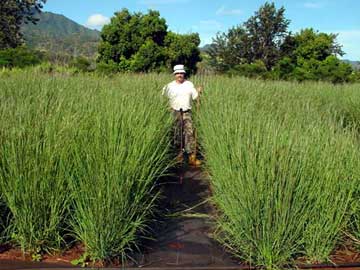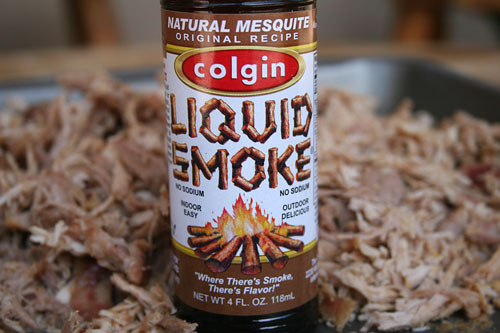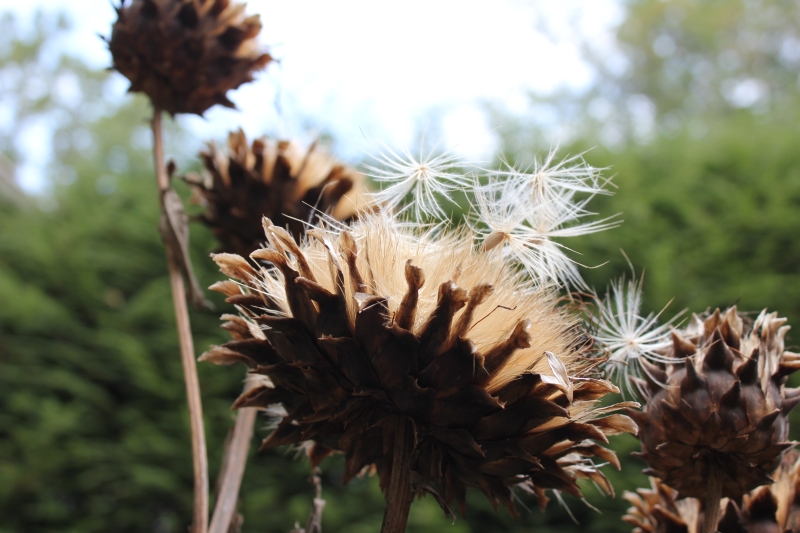No, not Sedum…Cardoon! (Cynara cardunculus). Just a TGIF photo. I love autumn’s many shades of brown – kind of underrated with the fixation on blazing foliage.
Now’s the time to collect and save seeds for next year. Though it seems these are trying to escape…
Tag: seeds
Are GMO seeds available for purchase?
We recently had a question sent to us about GMO seeds – whether they were being foisted upon us at the store. The simple answer is no. You can’t just go to the garden center and buy genetically modified seeds of any plant, they’re not available yet. I suppose, theoretically, you could call yourself a farmer and purchase genetically modified corn or soybeans, but the corn isn’t sweet corn (for the most part), and soybeans – who grows those besides farmers? You could ask a farmer friend to get you genetically modified alfalfa or sugar beets, but why? Are you really going to broadcast roundup across your garden? And it wouldn’t be legal for the farmers to give (or sell) it to you anyway.
It is worth noting that in the near future there may be grass seed that is genetically modified to resist Round-up, but it isn’t available yet (I’m not a person fundamentally opposed to genetic engineering – but I am opposed to Round-up ready grasses).
So, as a consumer, what can you buy that’s genetically modified? Not seed. Just the plants or plant parts that grow from the seed. Corn chips and processed foods. High fructose corn syrup, that kind of stuff. Also, you can buy carnations genetically modified to be blue – called ‘Moondust’. Most of the cheese we eat has been made with fungi genetically engineered to produce rennet. In terms of meat – it’s not available yet, but we’re getting close, especially with salmon.
Smoke ‘em if you’ve got ‘em…
(As an aside, I wrote this before I read Jeff’s Oct. 13 post so don’t read this as a rebuttal!)
One of the hallmarks of science is that it pays to keep an open mind. We all tend to have biases so it’s good to get a reminder once in a while that some things that seem ‘out there’ can actually work and provide some useful information.
A case in point. At the American Society for Horticultural Sciences annual meetings I make a point to wonder through and browse all of the poster presentations – even those that appear to have little relevance to issues I typically deal with. This year one of the posters that caught my eye was by Orville Baldos and his colleagues at the University of Hawaii and the USDA on the use of liquid smoke flavoring to improve seed germination of piligrass.
So first, what’s piligrass and why would you want to improve its seed germination? Piligrass is a native bunchgrass in Hawaii. It’s used for conservation and restoration projects and there is increased interested in its use as an ornamental. It is drought tolerant and fire adapted but production is limited by poor seed germination. Where does liquid smoke flavoring come in? Liquid smoke is produced by passing wood smoke through water (I assume someone somewhere has constructed the world’s largest bong to accomplish this). The water traps a variety of chemical compounds in solution, many of which are useful in giving a delicious smoky flavor to foods that have never been near a grill. Some of the compounds in liquid smoke are also useful in improving germination of seeds of fire adapted plants, or at least piligrass.

In their study Baldos et al. found that germination of piligrass seeds soaked in distilled water was a paltry 0.5%. In other words, you’d have to sow 200 seeds for each plant you hoped to produce. Soaking seeds in gibberillic acid (a common method to improve seed germination for a variety of plants) bumped the germination rate up to 20% (5 seeds to get one plant). But soaking seeds in liquid smoke did better still and doubled the germination to 40%.

At the end of the day it’s unlikely that I’ll ever use liquid smoke for anything except adding a little extra zing to my family’s secret barbeque sauce. But this study is a good example that sometimes things that make you go ‘What the heck?’ can have merit in the end. Just need to take a scientific approach and keep an open mind.
For those interested in the details here’s a link to the poster http://ashs.org/abstracts/sites/default/files/updated_ashs_poster_091911.pdf
